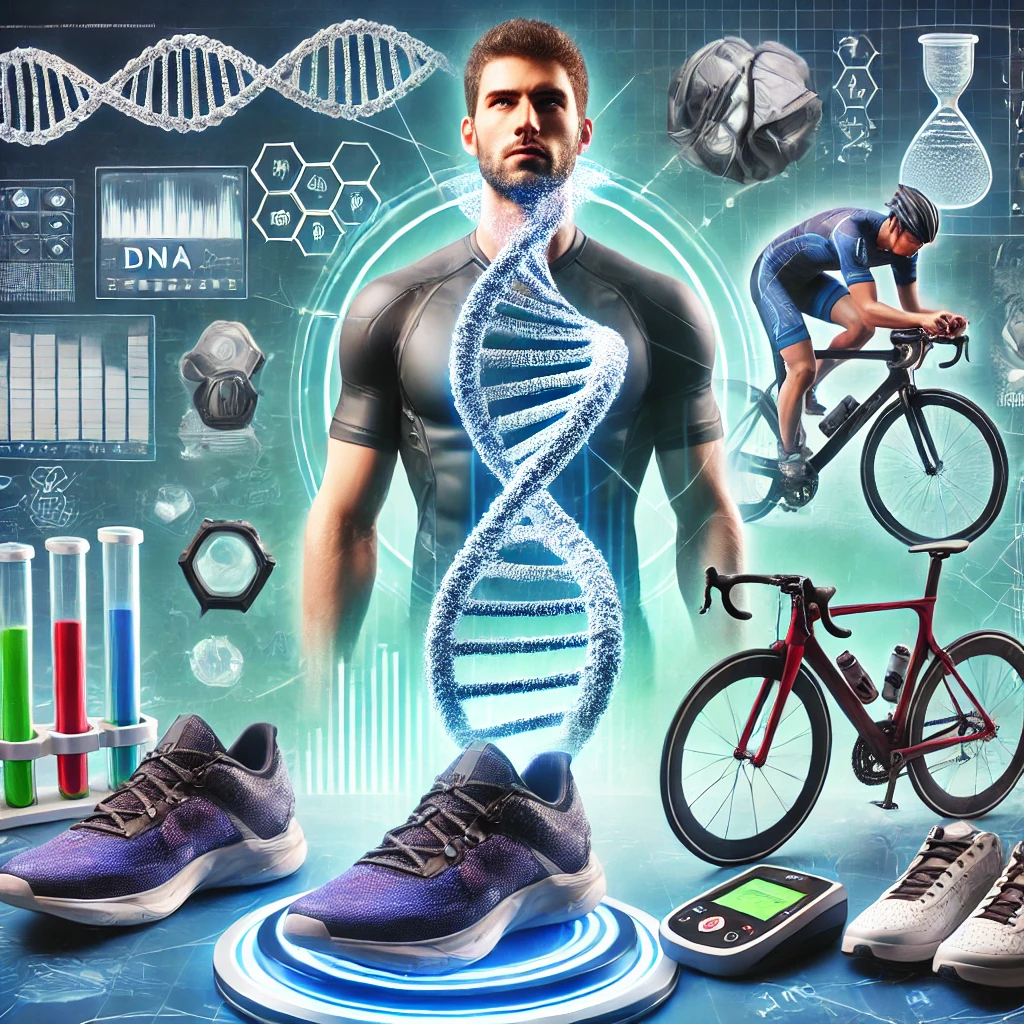Genetic Analysis in Athletes: Advancing Performance and Optimizing Sports Equipment Selection
In recent years, genetic analysis has become a powerful tool in optimizing athletic performance and improving the selection of sports equipment. As advancements in genetics continue to evolve, scientists and coaches are leveraging this knowledge to help athletes maximize their potential and minimize injury risks. This article delves into the latest methods of genetic analysis, how they are applied in sports, and the ways they influence the selection of sports equipment suited to an athlete’s unique genetic makeup.
1. The Role of Genetic Analysis in Sports Performance
Genetic analysis is the process of examining an individual’s DNA to identify specific genetic variations that may impact physical traits, such as muscle strength, endurance, and recovery time. Every athlete has a unique genetic profile that can provide insights into how their body responds to physical activity. These insights allow coaches and trainers to tailor training programs to match an athlete’s genetic predispositions.
Key genes, such as ACTN3, which is associated with fast-twitch muscle fibers, or ACE, which is linked to endurance, play significant roles in athletic performance. By analyzing these and other relevant genes, scientists can predict an athlete’s potential for certain types of sports and adjust their training accordingly. For example, an athlete with a genetic predisposition for fast-twitch muscle dominance may excel in sprinting or weightlifting, while another with endurance genes might be better suited for long-distance running or cycling.
2. New Methods in Genetic Analysis
Technological advancements have revolutionized the field of genetic analysis, making it more accessible and accurate for athletes and coaches. Some of the cutting-edge methods include:
- Whole Genome Sequencing (WGS): This comprehensive method involves mapping an athlete’s entire genetic code, allowing for an in-depth analysis of various genes linked to sports performance, recovery, and injury susceptibility.
- Single Nucleotide Polymorphism (SNP) Analysis: This technique focuses on identifying variations at specific points in the DNA sequence. SNPs can provide insights into traits like muscle composition, oxygen uptake, and susceptibility to conditions like tendonitis or stress fractures.
- Epigenetic Analysis: Beyond DNA sequences, epigenetics looks at how environmental factors, such as diet and training, can influence gene expression. This approach helps to understand how lifestyle and external conditions interact with an athlete’s genetic profile to affect performance and recovery.
These methods offer a more detailed understanding of the genetic factors that influence athletic performance. Moreover, they help in customizing training programs to enhance strengths and mitigate weaknesses, thus boosting overall athletic achievement.
3. Impact of Genetic Analysis on Sports Equipment Selection
The application of genetic analysis in sports extends beyond training and performance enhancement. One significant area where it is making an impact is in the selection of sports equipment. Choosing the right equipment is essential for optimizing performance and minimizing injury, and genetic insights can help tailor equipment to an athlete’s specific needs.
Here are a few ways genetic analysis can influence equipment selection:
- Footwear Customization: An athlete’s genetic predisposition to certain biomechanical traits, such as pronation or supination of the feet, can help determine the most suitable type of footwear. For example, runners with overpronation might need shoes with extra support, while those with a neutral stride might benefit from lighter, more flexible shoes.
- Personalized Protective Gear: Genetic markers for bone density and muscle composition can be used to design protective equipment that offers better support and reduces injury risk. For example, athletes with lower bone density might need custom-designed pads or helmets to provide extra protection in high-impact sports like football or hockey.
- Cycling and Running Equipment: In sports where biomechanics play a significant role, genetic analysis can inform the design of more ergonomic and personalized equipment, such as bicycles or running gear. An athlete’s genetic makeup can influence factors like body composition, flexibility, and joint function, which are all critical for choosing the best equipment.
4. The Benefits of Genetic Analysis in Injury Prevention
One of the most significant advantages of genetic analysis is its potential in injury prevention. Many injuries, particularly in high-intensity sports, stem from genetic predispositions, such as a tendency for ligament tears or stress fractures. By identifying these risks early on, athletes can adjust their training routines and equipment choices to reduce the likelihood of injury.
For instance, genetic variations in the COL1A1 gene, associated with collagen production, can indicate a higher risk of ligament injuries like ACL tears. Athletes with this genetic profile may benefit from additional support through tailored footwear or braces, as well as specific strength and conditioning exercises that reinforce ligaments and joints.
5. Ethical Considerations and Privacy Concerns
While genetic analysis offers tremendous benefits, it also raises ethical questions, particularly concerning privacy and the potential misuse of genetic information. Athletes may worry that their genetic data could be used against them, such as being excluded from certain sports based on their genetic profile, or being denied insurance coverage due to predispositions to injury.
It’s essential that sports organizations and teams implement policies that ensure the ethical use of genetic data. Consent and transparency are crucial, and athletes should have control over how their genetic information is used. Privacy regulations, such as those found in healthcare, must be applied to protect athletes’ genetic data from misuse.
Conclusion
The integration of genetic analysis into sports has opened new possibilities for enhancing performance, personalizing training, and selecting the right equipment. As technology continues to advance, the potential for optimizing athletic success through genetic insights will only grow. However, with this power comes the responsibility to ensure ethical practices and protect the privacy of athletes. By leveraging these new genetic tools responsibly, the sports world can usher in a new era of personalized, data-driven performance optimization.
Genetic Analysis in Athletes: Advancing Performance and Optimizing Sports Equipment Selection
Recommended Post
Nanotechnology in Sports Equipment: Boosting Performance and Durability
